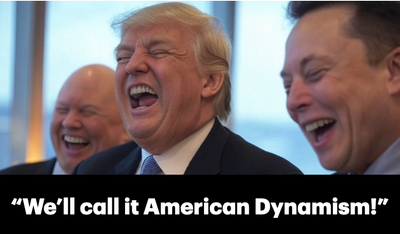How the AI Unicorns Will Spark the Next Big Venture Capital Implosion
VCs use irrational public comparables to inflate portfolio valuations that justify more and bigger funds predicated on irrational investing in AI companies.

This post is for subscribers only
Subscribe to continue reading






